What does washing powder consist of?
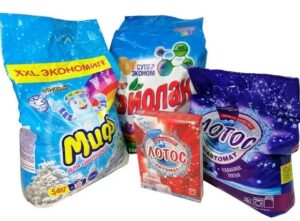 Every day more and more household washing chemicals appear on the market, which are not so easy to understand. This also applies to classic washing powder, which housewives have already become accustomed to over the decades. Despite the standard white color and familiar consistency, this detergent can differ significantly from pack to pack. Therefore, it is so important to understand what washing powder is made from in order to choose only effective and safe options.
Every day more and more household washing chemicals appear on the market, which are not so easy to understand. This also applies to classic washing powder, which housewives have already become accustomed to over the decades. Despite the standard white color and familiar consistency, this detergent can differ significantly from pack to pack. Therefore, it is so important to understand what washing powder is made from in order to choose only effective and safe options.
Components of most powders
Any washing powder, be it budget or premium, consists of a number of essential components, without which washing will not have the desired effect. Therefore, first of all, let’s study the classic components that can be found in almost any pack of washing powder for automatic SMs.
- Anionic surfactants (A-surfactants). These surfactants are responsible for foaming during washing. They are not very expensive and help to perfectly wash not only stubborn stains, but also traces of grease. The downside is that they remove not only dirt from clothes, but also the protective layer from the skin of the hand. Also, A-surfactants are practically not washed out of the tissue, which is why they get on the skin, penetrate the body and are deposited in the internal organs, which leads to a number of diseases.
In the countries of the European Union it is prohibited to add more than 2% anionic surfactants to the composition of washing powder, while in Russia there are specimens with a level of up to 30%.
- Nonionic surfactants. They allow you to clean fabric by working from the inside of the fabric, which is why they penetrate very deeply into clothing.Unlike the previous component, these surfactants are not toxic, and they also disintegrate well, but the downside is weak foaming, which is why these surfactants are used together with A-surfactants. Nonionic ones work best in low water temperatures. Most often they are found in liquid gels, where they make up no more than 5% of the product.
- Oxygen bleaches. Needed to neutralize the yellowness of the fabric. In modern oxygen-containing powders, sodium percarbonate is most often used, because it allows you to whiten laundry, remove unpleasant odors, and also provide high-quality disinfection. This bleach is highly biodegradable and non-toxic.

- Phosphonates. Helps soften hard tap water for more efficient washing. They are much less toxic than phosphates, which is why today they are used in the production of detergents.
- Polycarboxylate. Necessary to protect key components of the washing machine from rust and scale. Like phosphonates, it helps soften hard water and is practically harmless to humans and the environment.
- Zeolites. Absorbents that allow partial and complete removal of dirt from clothing. They are used together with phosphanites in order to both safely replace phosphates and reduce liquid hardness. It is important that the composition contains only natural zeolites, because if they are absolutely safe for humans, then synthetic zeolites are about as dangerous as phosphates. Of course, the cheaper household washing chemicals are, the less likely it is that you will find natural elements among the ingredients.
- Enzymes.Due to the fact that surfactants cannot remove organic compounds such as protein, household chemical manufacturers use enzymes that destroy organic matter, including protein stains. In cheap detergents you can find one enzyme for all types of stains, while in premium ones you can find several types suitable for different stains. Enzymes themselves have a protein structure, so they decompose in water temperatures above 40 degrees Celsius. They have moderate toxicity, which is why they should not come into contact with the skin, as well as clothing made from natural delicate fabrics.
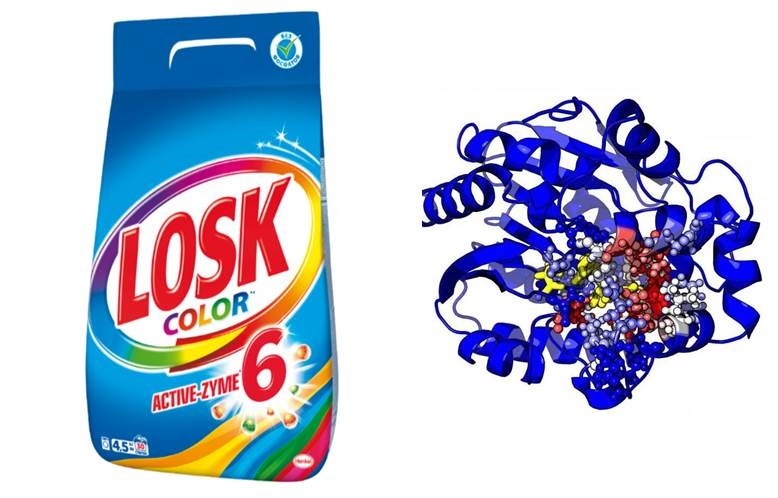
- Optical brighteners. They absorb ultraviolet radiation, converting it into blue, as blue once did. They allow you to make things brighter and whiter, but this is more likely not bleaching, but painting. The component penetrates deeply into the fibers of the fabric and is washed out very poorly, which is why it can cause allergies.
It is better not to use detergents to clean the clothes of a baby or allergy sufferers if they contain optical brighteners.
- Aromatic additives and fragrances. They not only make the powders smell more pleasant, but also mask the unpleasant chemical aroma that comes from household chemicals before adding flavorings. They can be divided into natural and chemical - the former are more often found in expensive products, and the latter in budget ones. They can cause various irritations to the skin and eyes, as they are allergens.
This completes the list of the most common components. All that remains is to sort out the specific ingredients, which are not found in every washing powder.
Components of cheap powders
This section lists the ingredients included in the cheapest detergents.They are of extremely low quality and should be avoided.
- Sodium tripolyphosphate. Standard phosphate that softens tap water. It should not be used because it easily causes allergies.

- Sodium hypochloride. Chlorine-based bleach, which on the one hand enhances the effect of surfactants and phosphates, and on the other hand, harms the body. Most often, responsible manufacturers replace this component with oxygen bleaches, but it can still sometimes be found on store shelves.
Fortunately, the list is not very large, so you can learn it and carefully monitor that household chemicals with such a composition do not get into your home.
Substances not mentioned in the composition
Often, components are found in detergents that the manufacturer does not disclose in the instructions or on the label located on the back of the product. Sometimes these elements are harmless to humans, but sometimes they can have a negative effect on the body. This list most often includes the following:
- TAED – whitening activators. Considering that oxygen bleaches can only work at temperatures above 80 degrees Celsius, manufacturers have to add TAED, which works well in low temperatures. Therefore, if the composition contains oxygen bleach and information that the powder works in cold water, then most likely TAED should also have been indicated;
- Anti-resorbent. This is necessary to prevent dirt from sticking back to freshly washed laundry;
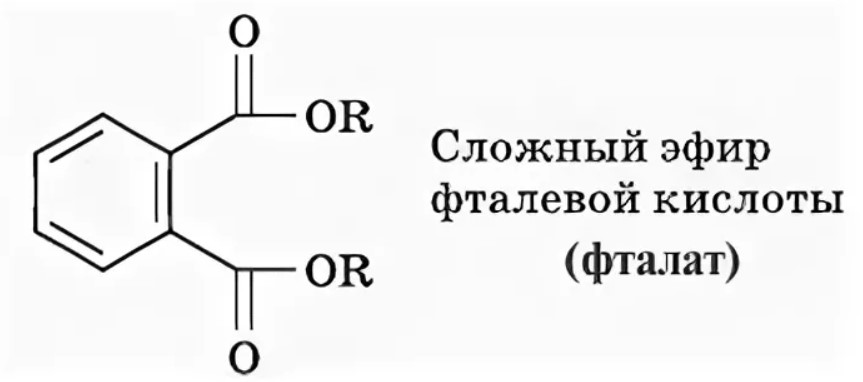
- Phthalate. Makes sure that the pleasant smell does not dissipate after washing for as long as possible. If the manufacturer guarantees long-term preservation of a pleasant aroma, then the product definitely contains phthalates.In addition, they are needed so that the powder does not roll into lumps, and there is less dust in it.
Thus, hidden components can be found even in long-familiar detergents. Always carefully study the information about the components so as not to accidentally buy chemicals with harmful components.
What should the powder be?
Each chemical listed may or may not harm humans depending on its concentration. That is why GOST specified the permissible density of the most harmful elements, plus general requirements for appearance and other characteristics.
- Any washing powder must look like a granular mixture from white to light yellow, but coloring of the product is acceptable. If the powder is not colored, it should be 60% white.
- The mass fraction of dust cannot be more than 5%.
- The hydrogen ion concentration should be between 7.5 and 11.5 pH.
- The mass fraction of phosphate salts should not exceed 22%.
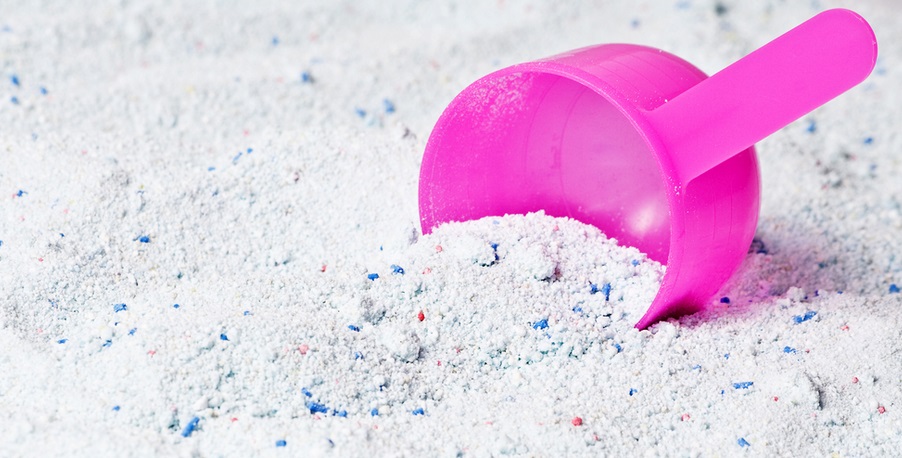
- Foaming should be no more than 20 centimeters.
- Household chemicals must have a cleaning power of 85% or higher.
- The whitening level for products containing chemical bleaches should be fixed at 80% or more.
- The shelf life for powders that contain chemical bleaches or BIO additives must be at least 9 months. There is no expiration date limit for other detergents.
- The mass fraction of active oxygen must be no more than 6%.
These are not all the requirements of GOST, but these are the most important rules that manufacturers of household chemicals in our country must adhere to. It is important that often environmentally friendly powders are not made according to the requirements of the state standard, but they do not contain any harmful substances, which is why the list of components is more important than the GOST mark.
Distinctive features of environmentally friendly powders
Today, powders with an environmentally friendly list of ingredients are becoming more and more popular. Their distinctive ability is the partial or complete rejection of harmful substances, which the manufacturer replaces with safe analogues.
- Harmful surfactants are most often inferior to biological surfactants, which are also called ecosurfactants. This is a combination of glucose, potatoes, wheat, rice and fatty alcohols from palm or coconut oil. Also, biological surfactants can consist of yeast or bacteria, which practically does not affect the efficiency of washing, but contributes to better decomposition of detergents, which is why such a detergent does not harm the environment.
- Instead of chemical and optical bleaching components, auxiliary and non-ionic surfactants are used, which perfectly whiten clothes and do not cause any harm to humans or the environment.

- Phosphates have been replaced with sodium disilicate, which helps soften hard water and also helps keep key components of washing machines safe.
Pay attention to household chemicals containing sodium disilicate from 15 to 55% - these detergents are highly effective.
- Instead of chlorine and active oxygen, companies add a stabilizer of peroxide compounds or a complexing agent of organic origin that dissolves in water to environmentally friendly detergents.
- Finally, manufacturers do not use aromatic additives and fragrances, as they add safe essential oils instead.
Of course, safe natural ingredients are much more expensive than their chemical counterparts, so the price of such products is two or even more times higher. However, you shouldn’t skimp on your health, so the demand for such washing powders today is higher than ever.
Interesting:
Reader comments
- Share your opinion - leave a comment
Categories
Washing machine repair


For buyers

For users

Dishwasher

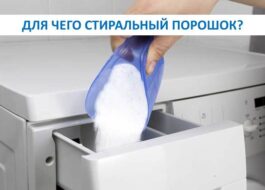
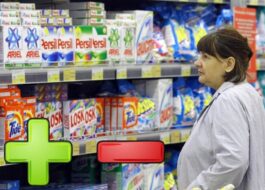
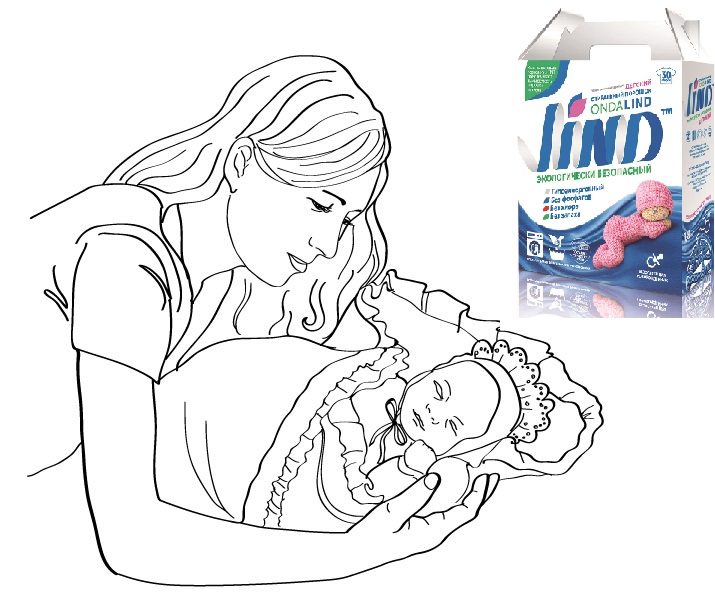
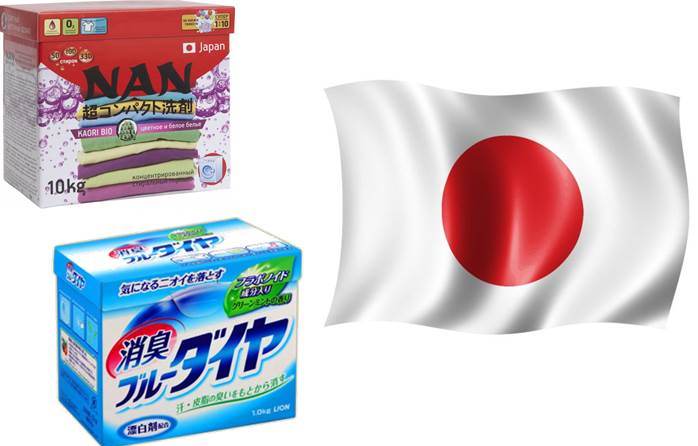












Add a comment